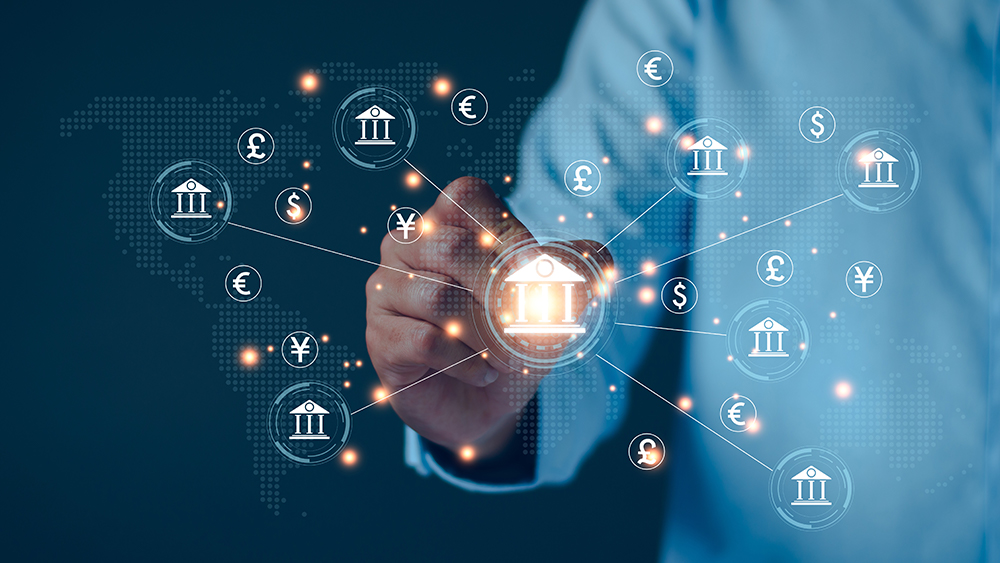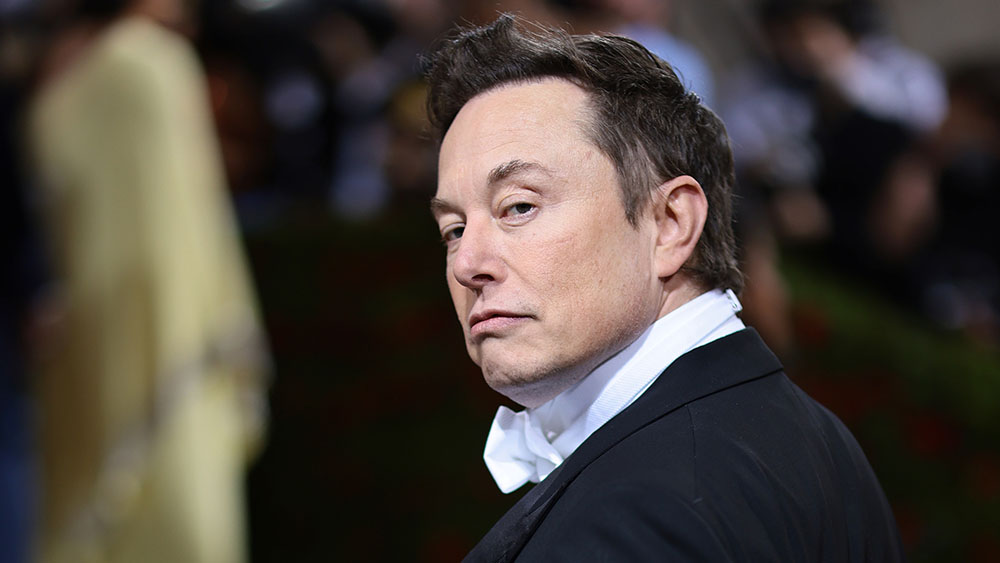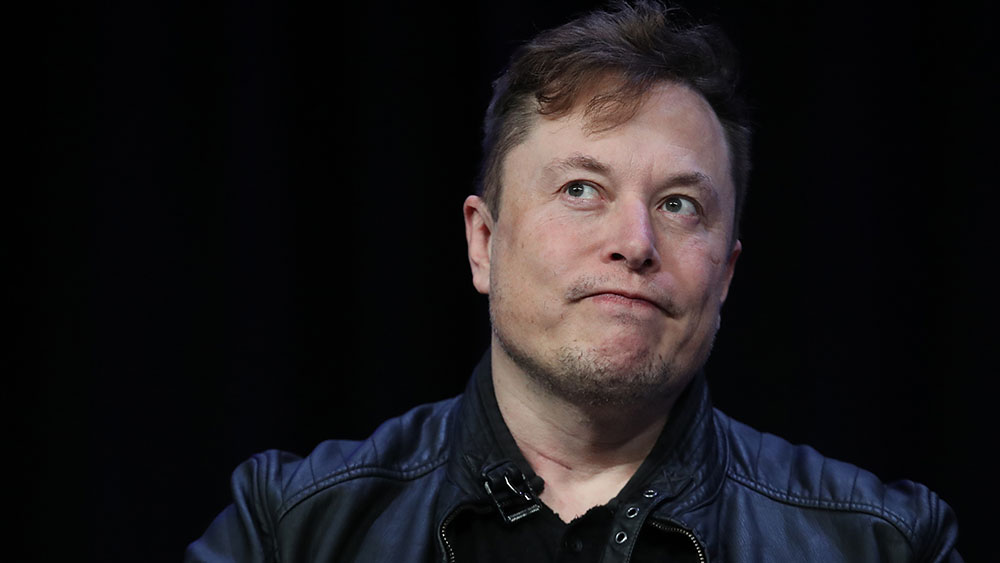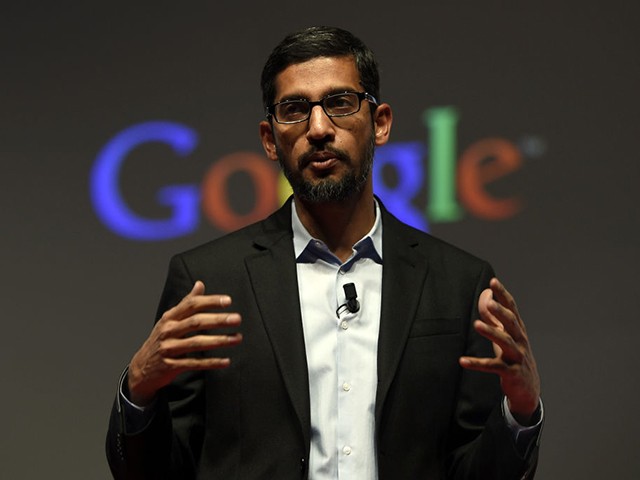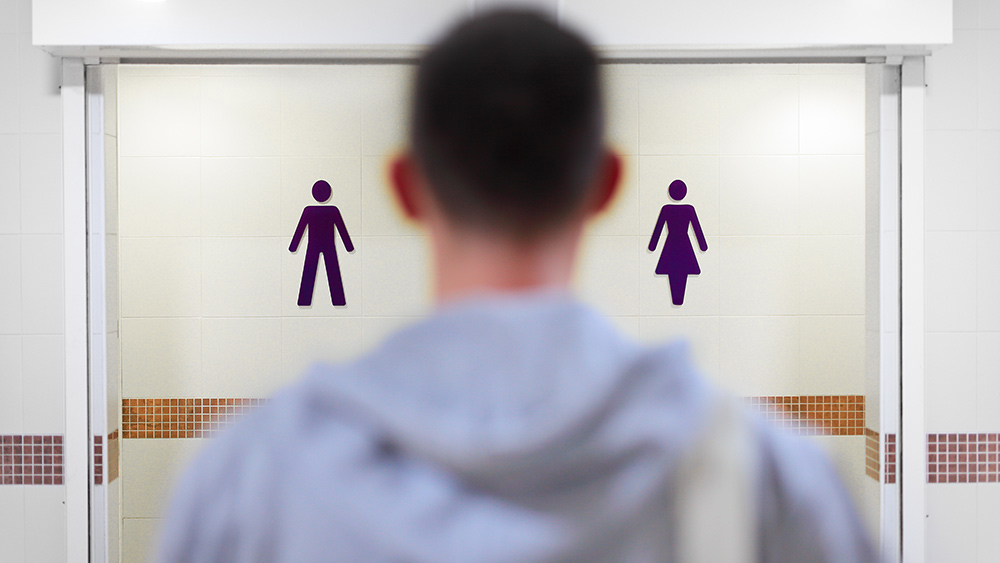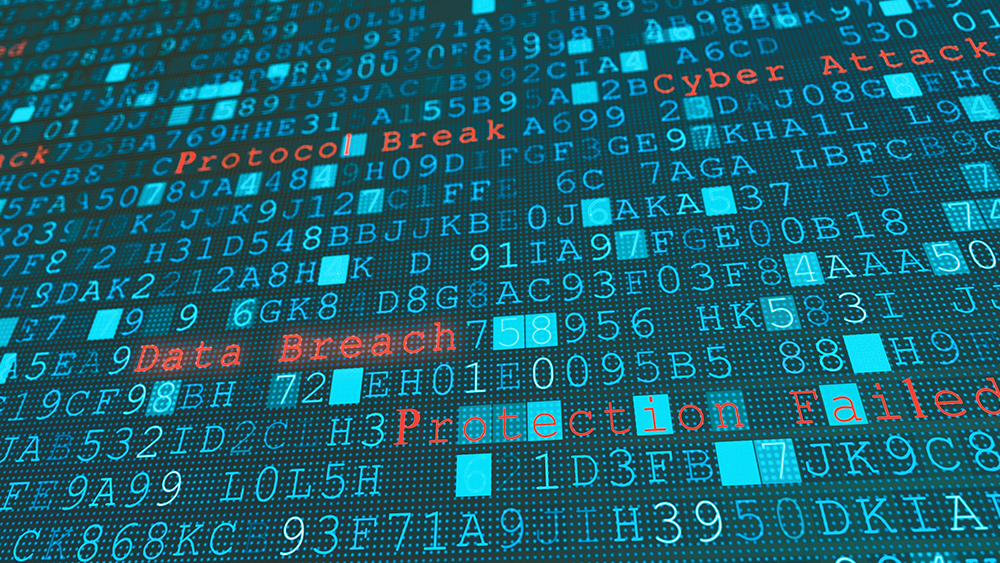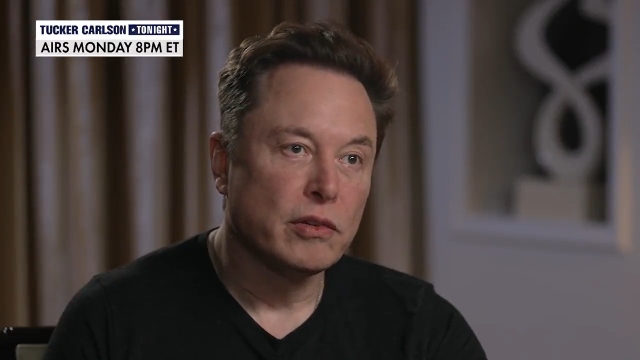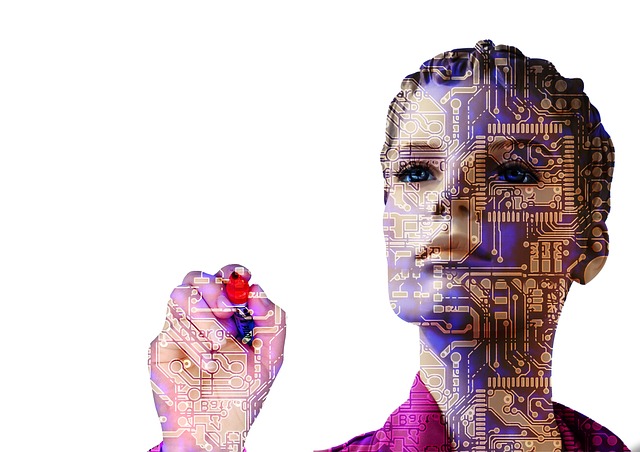Kiss your autonomy good bye: One-world digital currency receives endorsement to replace fiat money
04/18/2023 / By Ethan Huff
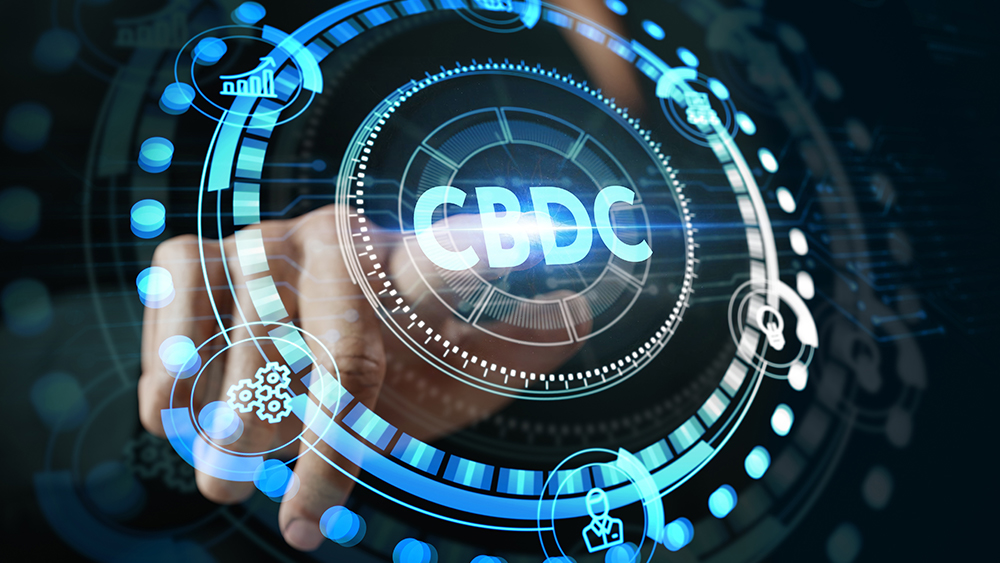
On April 10, the Digital Currency Monetary Authority (DCMA) announced the launch of a new global central bank digital currency, or CBDC, called Unicoin, or the “universal monetary unit.”
All of the world’s central banks, including the private Federal Reserve, and commercial banks will be able to use Unicoin to settle trades with each other. Unicoin’s unveiling occurred at the annual spring meetings of the International Monetary Fund (IMF).
(Related: Learn more about Unicoin in our earlier coverage.)
In a press release, the DCMA, in case you are unfamiliar with it, described itself as a “world leader in the advocacy of digital currency and monetary policy innovations for governments and central banks.”
“Membership within the DCMA consists of sovereign states, central banks, commercial and retail banks, and other financial institutions,” the press release goes on to explain.
On its website the DCMA goes into further detail about how its purpose is to advocate for a one-world digital currency that would allow for “trade globalization through the monetary integration of international payments and settlements while strengthening national economies’ monetary sovereignty.”
“The first wave of cryptographic cash was designed for public untrusted networks. The DCMA reimagines the next wave of cryptographic innovations engineered for adoption by central banks, retail and commercial banks, Fintech, governments, and cryptocurrency exchanges.”
Are you ready for a new world order?
The Unicoin network is where all of this is slated to occur, this being a decentralized international banking network open specifically and exclusively to central banks and the other aforementioned entities. Central banks can also deploy their own individual CBDC monetary systems on the Unicoin Network Crypto 2.0 protocol.
The DCMA is also working on trying to develop a new unifying platform for the Unicoin cryptocurrency, which it plans to power with artificial intelligence, or AI.
“They claim this platform will allow central banks to convert their own currencies into Unicoin for easier international trade, while also allowing more stability against price fluctuations,” reports Leo Hohmann.
“So not only do we have a digital version of the Bank for International Settlements but we now have it endorsed by the IMF.”
Up until now, we have mostly heard about individual central bank crypto coins of CBDCs at the national level, which would not constitute the one-world currency spoken about in the Bible. This new Unicoin scheme by the IMF, however, would seem to fit the bill in many ways.
Ever since World War II, the global financial system has utilized what is known as the SWIFT system and the Bank of International Settlement (BIS) as conduits for the exchange of fiat currencies. If Unicoin becomes the new standard, SWIFT and BIS will become history.
Even if every country in the world develops its own unique CBDC, there will still need to be a centralized system and unified currency in place to handle the transactions. This is the purpose of Unicoin.
“We are already moving to the world of digital currency,” says Alkesh Shah, a crypto expert with Bank of America Securities, explaining the difference between our current electronic system for fiat and the new Unicoin and CBDC-based system.
“We think we are digital today with our currency – we are not. We are electronic. We always need a middle man. Once there is digital you don’t need a middle man. You can actually use it like cash. I give Harry some money smartphone to smartphone. And that’s the promise of digital. We’re not there yet … but we’re getting there, and we will be getting there with digital assets and one day with the Fed actually putting out digital currency.”
The latest news about the switch from paper fiat to digital crypto can be found at DollarDemise.com.
Sources for this article include:
Submit a correction >>
Tagged Under:
bitcoin, CBDC, crypto, currency, currency crash, DCMA, Digital Currency Monetary Authority, dollar demise, fiat, finance riot, money supply, Unicoin, universal monetary unit
This article may contain statements that reflect the opinion of the author
RECENT NEWS & ARTICLES
COPYRIGHT © 2017 GLITCH.NEWS
All content posted on this site is protected under Free Speech. Glitch.news is not responsible for content written by contributing authors. The information on this site is provided for educational and entertainment purposes only. It is not intended as a substitute for professional advice of any kind. Glitch.news assumes no responsibility for the use or misuse of this material. All trademarks, registered trademarks and service marks mentioned on this site are the property of their respective owners.

